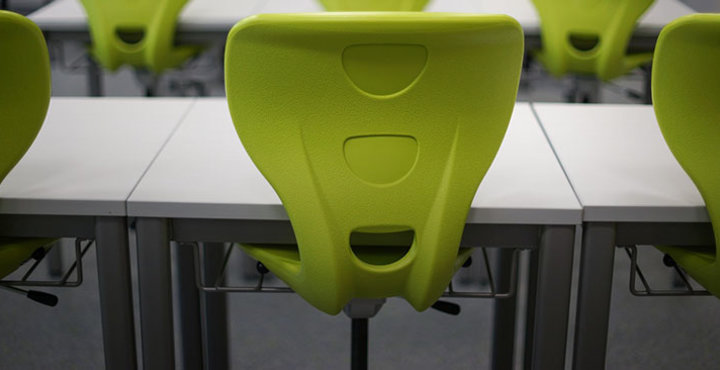
When it comes to the English language, it's easy to make grammatical mistakes. Practice the following to avoid making some of the most common mistakes:
1. Avoid unnecessary transitional words.
There is no need to use transitional words when an obvious connection exists between two events, subjects, and so on. For example, consider the following sentence: "The kids colored on the walls with markers; therefore, their mother got upset." "Therefore" is not required for readers to understand why the kids were in trouble with their mother.
Adjectives can be misplaced if more than one is used.
Did you know that a specific order should be followed when using multiple adjectives to describe the same noun or pronoun? Follow this order when using multiple adjectives: 1) article, 2) judgment, 3) size, 4) shape, 5) age, 6) color, 7) nationality, and 8) material. For example, "She bought cool new sunglasses" sounds better than "She bought new cool sunglasses."
2. Which versus that: Use the correct form.
That is used with restrictive clauses (a restrictive clause provides information that is essential to the meaning of a sentence; it can refer to a subject or an object). For example, "Offices that have big windows are nice." Conversely, which is used with non-restrictive clauses (a non-restrictive clause provides information that is not essential to the meaning of a sentence; it can refer to a subject or an object). For example, "There is a really big window in my office, which is nice to look out of."
3. Do not use adverbs between the word to and verbs.
This is because the adverb modifies the main verb. For example, "To hysterically yell" sounds awkward, while "to yell hysterically" sounds right.
4. Remember the apostrophe rules:
- Add -'s to the end of a singular noun that doesn't end in -s.
- Add only an apostrophe to a plural noun that ends in -s.
- Add -'s to an irregular plural noun that does not end in -s.
- Add -'s to the end of the last noun when two (or more) individual nouns own something together.
- Add -'s to both (or all) nouns when two (or more) individual nouns own something separately.
- Remember, when a singular noun ends in -s, you have the option of adding -'s to show possession or only adding -'.
For example, "The dogs' food" indicates plural possession (there are multiple dogs), while "The dog's food" indicates singular possession (there is one dog).
Image source: Pixabay.com/Pexels.com



